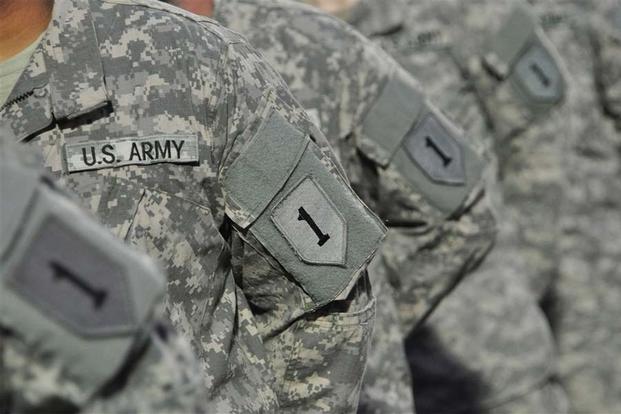The U.S. Army announced Friday it will deploy about 500 soldiers from the Big Red One to Iraq this fall.
The 1st Infantry Division Headquarters troops will assume the role of Combined Joint Forces Land Component Command-Iraq in support of Operation Inherent Resolve, according to an Oct. 14 Army press release.
The Fort Riley, Kansas, unit will replace soldiers from the 101st Airborne Division (Air Assault), providing command and control of coalition troops training, advising and assisting Iraqi Security Forces.
"Our Big Red One soldiers are well trained and ready to continue the tremendous support the 101st Airborne Division (Air Assault) and the coalition are providing to our Iraqi allies," said Maj. Gen. Joseph M. Martin, incoming commanding general of the 1st Infantry Division and Fort Riley.
"We will assist in training Iraqi commanders, staffs, soldiers and police officers as they plan and conduct counter-ISIL operations in both the Tigris and Euphrates River valleys, with a central focus on the city of Mosul."
In late July, the Army announced the deployment of about 800 soldiers from Fort Riley to Afghanistan.
The service deployed 800 soldiers from 1st Combat Aviation Brigade, 1st Infantry Division, as part of a regular rotation of forces to the country in support of Operation Freedom's Sentinel, the name of the U.S. counter-terrorism operation against the remnants of al-Qaida; an emerging offshoot of the Islamic State of Iraq and Syria, or ISIS; and other terror groups.
President Barack Obama announced in July a change in plans for U.S. troop levels in Afghanistan when he said 8,400 American service members would stay in the country into next year, leaving it up to his potential successor Donald Trump or Hillary Clinton to decide on the size of the military footprint there.
The president initially planned to reduce the U.S. troop presence in Afghanistan to 5,500 before he left office but changed course after a recommendation from Army Gen. John Nicholson, the top U.S. commander in country. The current authorized level of U.S. troops in Afghanistan through the rest of the year stands at 9,800.
The U.S. troops are split between two missions that will continue -- NATO's Resolute Support mission to advise Afghan security forces and the separate Freedom's Sentinel.
-- Matthew Cox can be reached at matthew.cox@military.com.





























